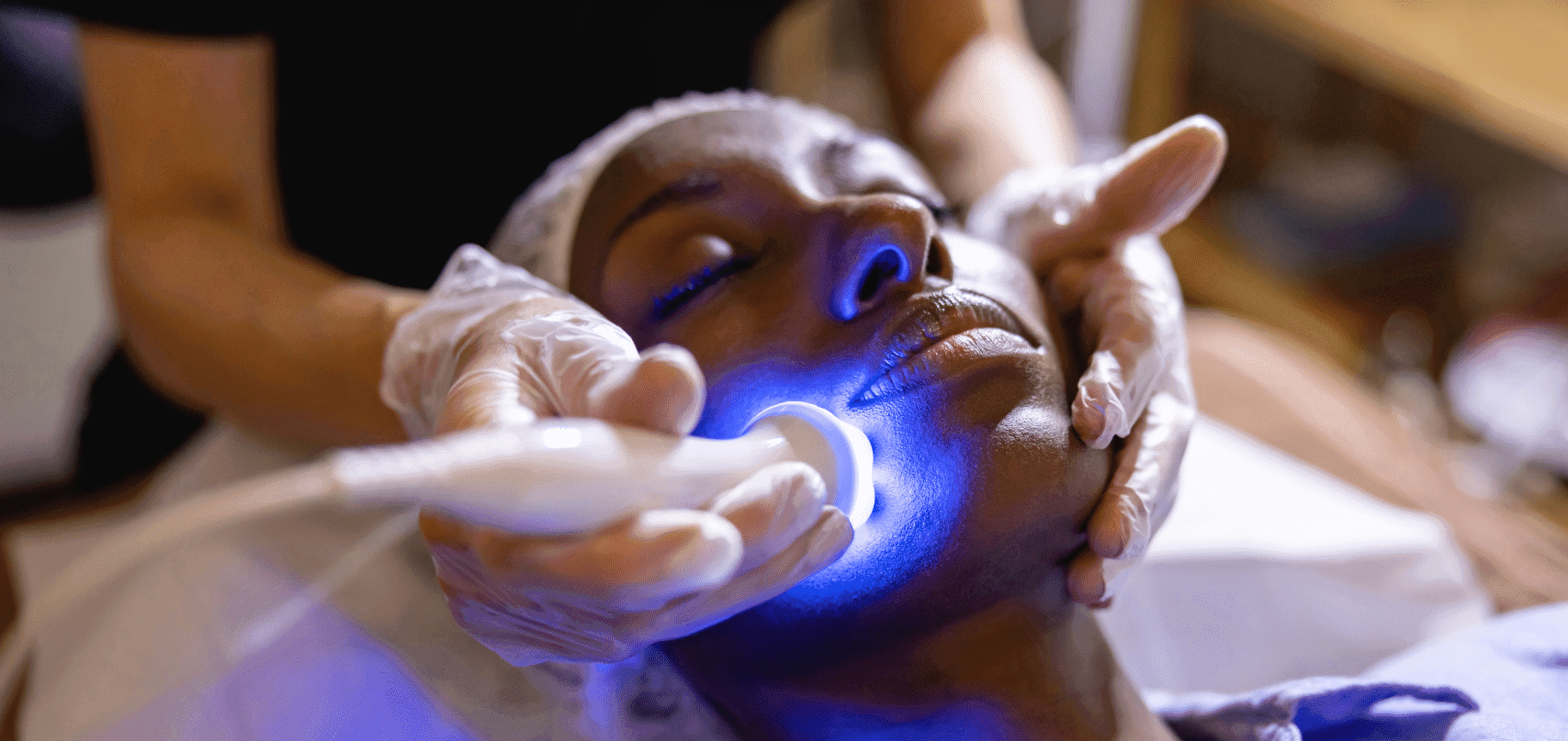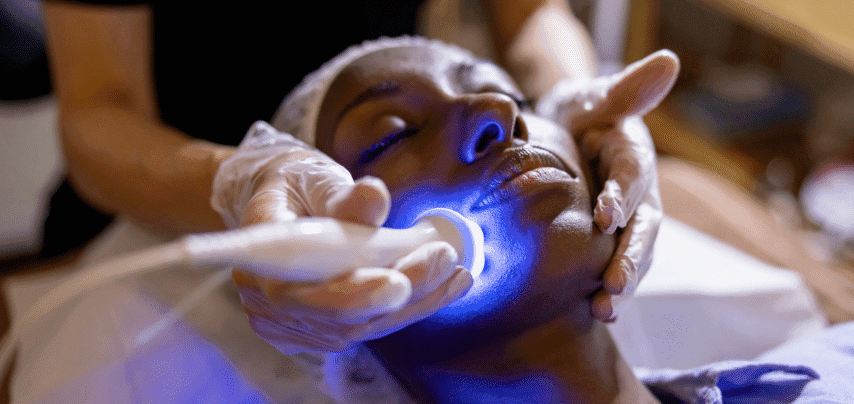The UK government has finally published its response to the 2023 consultation on licensing non-surgical cosmetic procedures in England, marking a significant step towards tighter regulation of this rapidly growing industry.
After several high-profile incidents, including the death of 26-year-old Alice Webb following a Brazilian butt lift in 2024, the government confirmed earlier this month that it will prioritise legislation to crackdown on unsafe cosmetic procedures by ensuring that breast, buttock and genital augmentation using fillers or fat grafting can only be performed by specialist surgeons or doctors with surgical qualifications, in CQC-regulated premises.
At the same time, Health Minister Karin Smith reiterated the government’s determination to press ahead with legislation for other lower-risk cosmetic treatments - including Botox and fillers. Planning for these treatments to come under stricter oversight through a new local authority licensing system has been in the works for several years. However, progress to date has been agonisingly slow, especially under the current government.
This has now changed with this month’s publication of the government’s response to the first public consultation on the scope of the mooted licensing scheme, which ran from September to December 2023. This consultation – launched by the Sunak government with cross-party support- received over 11,800 responses (a record for a DHSC consultation). It sought views on how a licensing scheme should work in practice – including the critical issues of which procedures should be in scope, who should be allowed to perform them, and whether there should be age restrictions.
There is no doubt that, when it arrives, this new scheme will be a game-changer for the sector. Non-surgical aesthetics – from Botox and fillers to chemical peels and laser treatments – have become increasingly popular with the public, but regulation has lagged behind innovation. The vast majority of procedures are carried out with a high degree of professionalism, by well trained and highly competent practitioners. However, they can still cause serious harm if performed poorly, and current regulatory oversight is, at best, disjointed and fragmented and at worst, non-existent. To address these risks, the Health and Care Act 2022 gave the Secretary of State the power to require both practitioners and premises to be licensed for certain cosmetic treatments.
A particular feature of the UK aesthetics sector is the range of practitioners who work within it. These professionals span from qualified healthcare professionals (comprising doctors, dentists and nurses - collectively known in the trade as ‘medics’) to non-medical aesthetics practitioners and beauticians (‘non-medics). Treatments are currently carried out from premises ranging from CQC-regulated clinics to mobile units and private homes.
Once the new scheme is in force, all practitioners performing in-scope treatments will be required to meet rigorous safety, training, and insurance standards before they can legally operate, and they will only be permitted to practice from licenced premises. Practitioners who break the rules on the highest-risk procedures will be subject to CQC enforcement and financial penalties.
A tiered scheme
So, what procedures will be covered under the new scheme and who will be allowed to provide these? To recap, the previous government proposed a three-tier classification under the new scheme:
- Green - lower-risk treatments such as microneedling, mesotherapy, LED therapies, light chemical peels, non-ablative laser hair removal, and micropigmentation - available to all licensed practitioners meeting agreed standards (i.e. medics and non-medics alike).
- Amber - medium-risk treatments such as Botox, dermal fillers to the face, PRP, radiofrequency, HIFU, cryotherapy, and medium-depth peels available to medics and non-medics who work under the oversight of an appropriately qualified healthcare professional.
- Red - the highest-risk procedures such as thread lifts, body augmentation with fat (including BBL) or fillers, CO₂ laser resurfacing, deep chemical peels, and intravenous infusions – these will fall outside the scope of the scheme and be restricted to suitably qualified, CQC-regulated medics, and be regulated by CQC.
Stakeholder responses to categories
The response document makes for fascinating reading. In essence, it summarises the responses of each stakeholder group (and the government) to the various proposals contained in the consultation. Whilst each group’s responses inevitably betray elements of self-interest - with more medics in favour of expanding the amber and red categories, and more non-medics arguing for expansion of the green category – it’s clear that there is a broad consensus in favour of regulation.
Green
The proposed green category received 69% overall support. Non-medics who responded largely agreed with the proposals, provided robust training and qualification standards are enforced. Many respondents stressed that ‘low risk’ does not mean ‘no risk’ and called for categorisation to reflect competence as well as procedure type. Supporters in favour of this argument suggested adding Botox and fillers to the green category for experienced practitioners. Some members of the public who responded viewed these ‘green’ treatments as routine and suitable for non-medics with proper training, whereas others felt any procedure breaking the skin or using lasers should be categorised higher.
Perhaps the key takeaway with regard to the green category responses is the broad consensus that public safety will depend on consistent, high-quality training for all practitioners, regardless of background.
Amber
The proposed amber category is by some distance the most controversial category, reflecting its proposed restriction on non-medics’ ability to perform Botox and fillers procedures without the need for supervision. This is reflected in the marginal overall support of 51%, with a sharp split between non-medics (30% supportive) and medics (65–68% supportive).
Non-medic respondents argued that supervision by a medic was unnecessary for experienced, qualified practitioners, and risked undermining livelihoods. Many felt competence and training should be the determining factors, rather than a professional title. Concerns focused on practicality – especially the feasibility and cost of supervision – and the perception that some proposed supervisors might have less aesthetic expertise than those they oversee.
By contrast, medics were more supportive, with some arguing that all amber procedures should be reserved for medics, with injectables (particularly Botox and fillers) and treatments involving lesion removal moved to red. Concerns were also raised about prescribing practices, including a lack of face-to-face consultations.
Public respondents were divided: some felt only medical professionals should perform these procedures, while others believed skilled non-medics could deliver them safely with appropriate training. Oversight requirements were viewed by some as unnecessary if practitioners are qualified; others wanted onsite supervision.
Across all groups, injectables were the most contentious, with many calling for higher categorisation. Suggestions for moving certain treatments to green included radiofrequency, electrocautery, and some cryotherapy, provided training standards were robust. Others proposed procedure-specific distinctions – for example, categorising fillers in high-risk facial areas as red.
Red
The red category received 71% overall support. Unsurprisingly, medics showed strong agreement (85–90%), while non-medics were less supportive (57%).
Some practitioners opposing the proposals argued that advanced training and Level 7 qualifications could enable competent non-medics to deliver some red-tier procedures safely. Thread lifts were particularly contested, with calls to distinguish between lower-risk mono threads and higher-risk cog threads. However, many medics insisted all red-tier treatments be performed only by regulated medics in CQC-registered premises, with some suggesting more amber procedures (notably injectables) should move to red.
Public respondents were also split – some prioritised strict medical control, others supported trained non-medics. Hay fever injections, certain lasers, and mono threads were often proposed for reclassification to amber or green. Overall, strong consensus remained that red-tier procedures warrant the most stringent safeguards.
Other key themes
Age Restrictions
There was broad support for the proposal to introduce age restrictions for all licensed non-surgical aesthetic procedures by limiting licensed procedures to adults aged 18+, unless approved by a doctor and carried out by a healthcare professional for a clinical reason. This approach would align with the current ban on Botox and filler treatments for under-18s.
Training and Qualifications
A key theme across all responses was the need for robust, consistent education and training standards for all practitioners – regardless of whether they are medically qualified. Respondents also called for regulation of training providers, in light of concerns over short courses and unregulated qualifications. The government agreed in its response that competence must be demonstrated and is considering how to recognise existing experience without forcing unnecessary retraining.
Implementation Challenges
Local authorities will issue licences, but concerns were raised over resources, enforcement, and duplication with existing registration schemes. The government says it will work with councils, the CQC, and other regulators to minimise bureaucracy while maintaining safety.
What’s Next?
Although the formal licensing scheme still remains some years off, change is undoubtedly now on the way. The government will first legislate for the highest-risk procedures, with a public consultation on detailed proposals due early next year. However, work will also continue on licensing lower-risk treatments and defining the education, insurance, and hygiene standards all practitioners must meet.
For practitioners, these changes signal a major shift and the key is to keep informed an updated. For consumers, the promise of safer, more consistent standards across the non-surgical cosmetic industry now looks set to materialise.
…
“The information contained in this article does not represent a complete analysis of the topics presented and is provided for information purposes only. It is not intended as legal advice and no responsibility can be accepted by Altea for any reliance placed upon it. Legal advice should always be obtained before applying any information to particular circumstances.”



